The Inquisition arrived to Mexico on the boat with Cortez starting three centuries of the Church and State working hand in hand. The Church had centuries of doing so in Europe controlling, in the process, the art market and took this expertise to the New World making the Church the most important collector and patron of arts in San Miguel.

From 1520 to 1820 the major commissioner of paintings was clergy as they were used to teach the new faith to the indigenous. For example, the Sistine Chapel-ish murals featured in nearby Atotonilco.
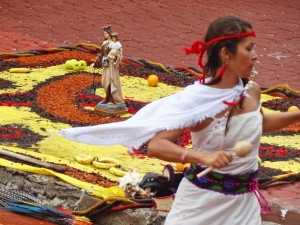
It wasn’t just the visual arts though. Music was composed for the Church including songs that were San Miguel specific like the music played for Mary’s altars placed around town prior to Easter. Also the Oratorios were, and are, an order of priests named for a complex piece of religious music as their founder felt it was music and laughter that brought one closer to God. The Oratorio church featured the best choir of the Colonial Era and still provides organ concerts.
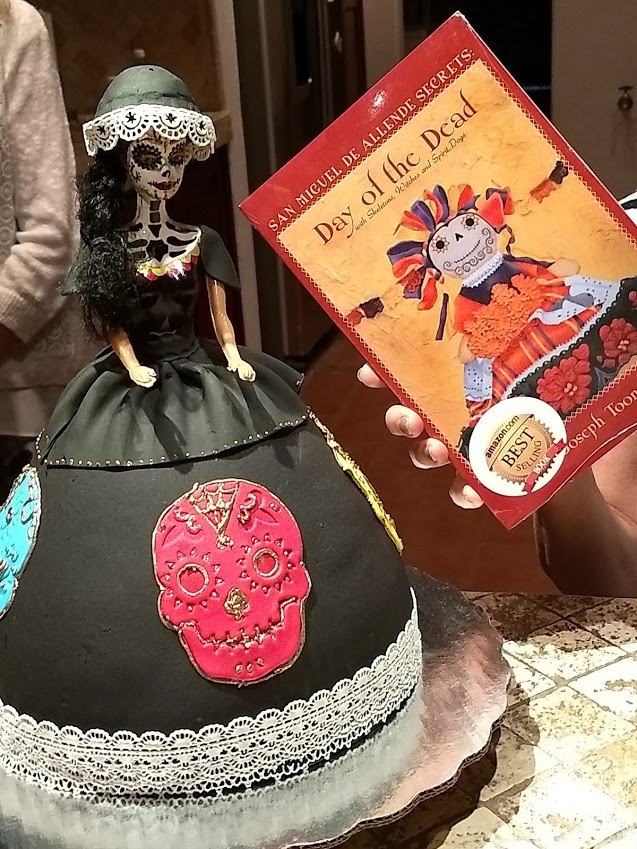
Dance got a big boost with the appearance of Guadalupe, an image of Mary that became the Mother of Mexico. In the image, Mary is getting ready to start dancing and clapping as that is still how the indigenous pray today in processions.
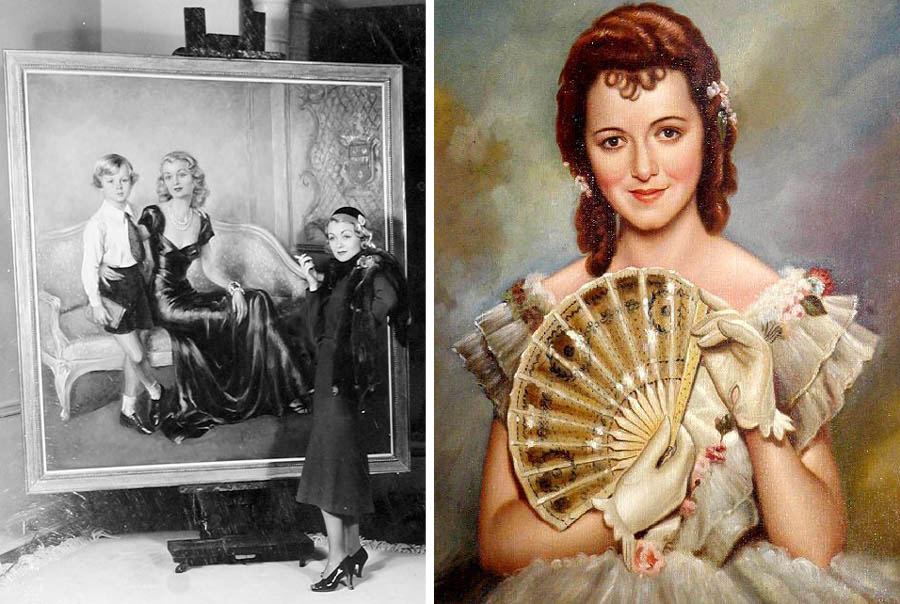
Following the Inquisition and the removal of Spain, the Church resumed being a patron of the arts working hand in hand with the new governments for the next century.
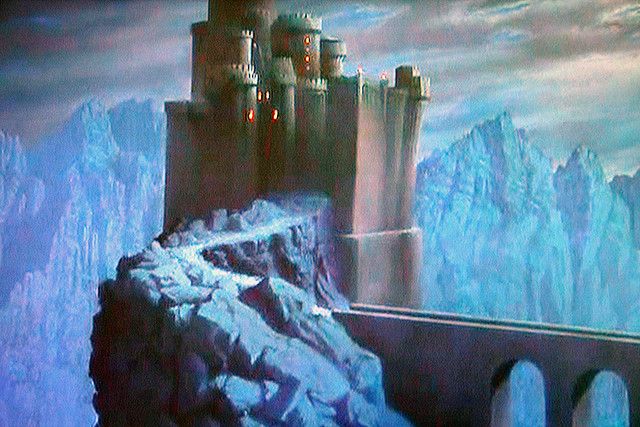
Part of studying to be a local priest included learning how to paint and many of paintings in the Oratorio and Temple of Good Health were done by young seminarians at this time.

An interesting thing to note about Colonial Era paintings and sculptures that feature Hell, an indigenous painter would often place clergy in Hell to make fun of the Spanish. Though inhabitants of Hell are nude, you can spot clergy by their hats!
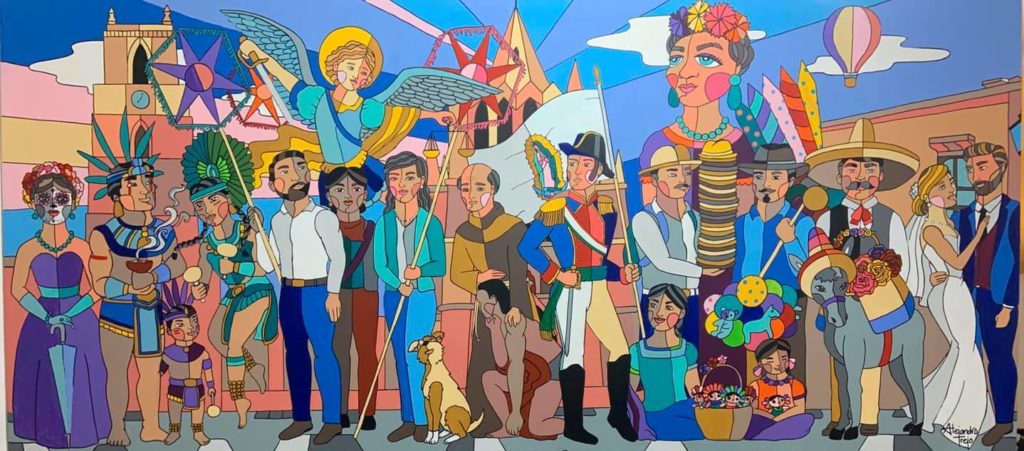
This was also the time where fashion as art was featured in the robes of priests, as representatives of God on earth. Glistening in gold and jewels they dazzled the indigenous and the best outfits were recently featured at the Met’s show: “Heavenly Bodies: Fashion and the Catholic Imagination”.
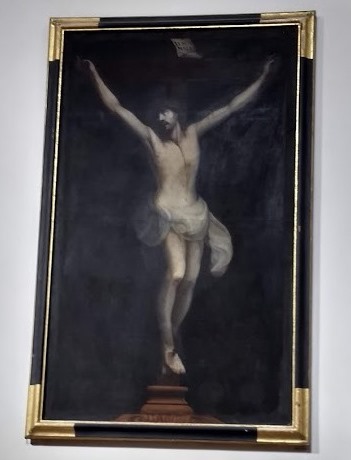
The Constitution on 1917 separated out the Church from government as the post-revolutionary regimes viewed the Church as a permanent obstacle to the consolidation of its power and the country’s modernization. No more dressing like priests or nuns in public. No processions through town or the Church handling education or owning property. Obviously, the new approach of a separation of Church and State directly impacted the Church’s ability to raise money, and its budget for arts patronage took a hit.
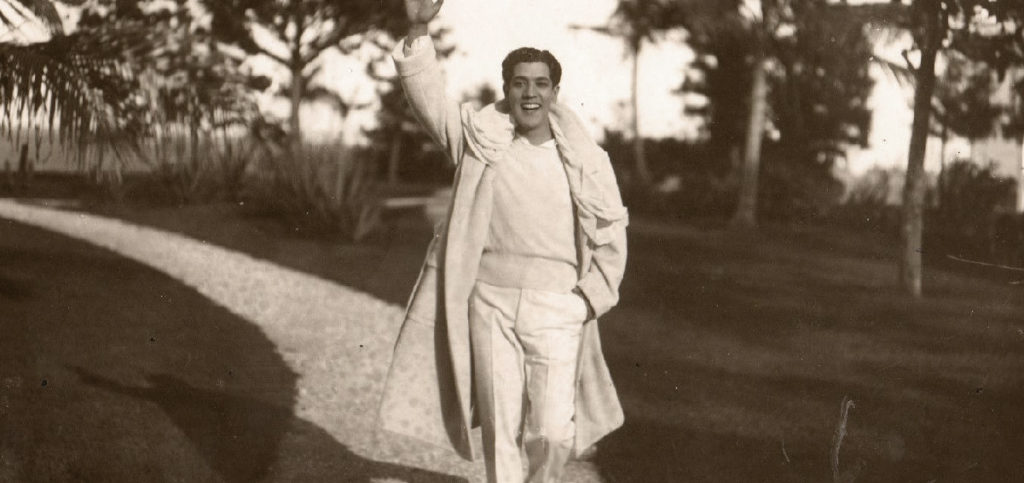
It was a tough time for clergy and painters in the 1920s. Local lads like Candelario Riva, who made a living painting Virgins and church murals, hid his paintings in graveyard caskets and immigrated to Hollywood. Here he painted the Wicked Witch’s West’s castle for the Wizard of Oz and replaced portraits of Virgins with Hollywood Goddesses like Constance Bennet and Janet Gaynor.

While folks like Frida and Diego artistically flourished at the time, the Church retreated from the art market until the mid-century when retablos made their mark for folk art collectors in the North. Retablos are license plate sized images featuring the painting and description of a miracle with what Virgin or saint provided assistance. They were placed at an altar in appreciation. Until now, few signed their art as that was an act of vanity to associate oneself with God, the Virgin or saints. Northerners preferred their art signed and from this point on retablos were signed.

You can find retablos with present-day miracles from cyber-bulling to bad credit in the chapel at Valle de Maiz.

In the early 20th century is when the Hollywood singer/actor Jose Mojica came to town introducing Hollywood artists like John Wayne and John Ford to town. Jose Mojica build the boys’ orphanage where in his museum you can watch his movies and listen to his albums while enjoying murals of the lads and dogs that lived there with him in the 1950s.
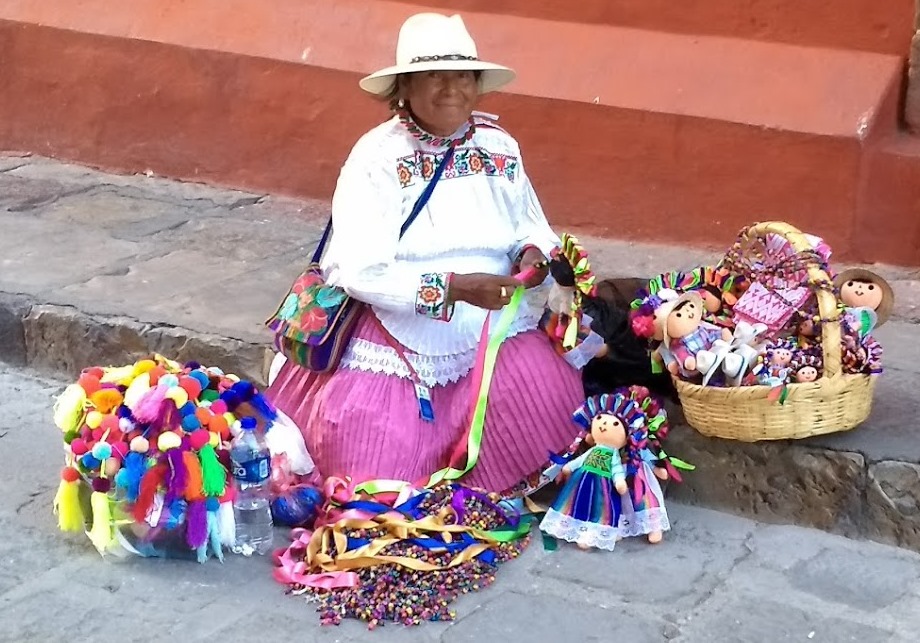
In the second half of the 20th century, following Vatican II in the 1960s, the Church encouraged a break with the aesthetics of its last great artistic hurrah, the Baroque. Instead, Vatican II called for a simplification of art, architecture, and music. This gave rise to newer churches in town featuring more austere interiors, with fewer objects on the walls and in the corners. Also, at the time, simple circular churches became popular like featured in Montez de Loreto while guitar masses became vogue.
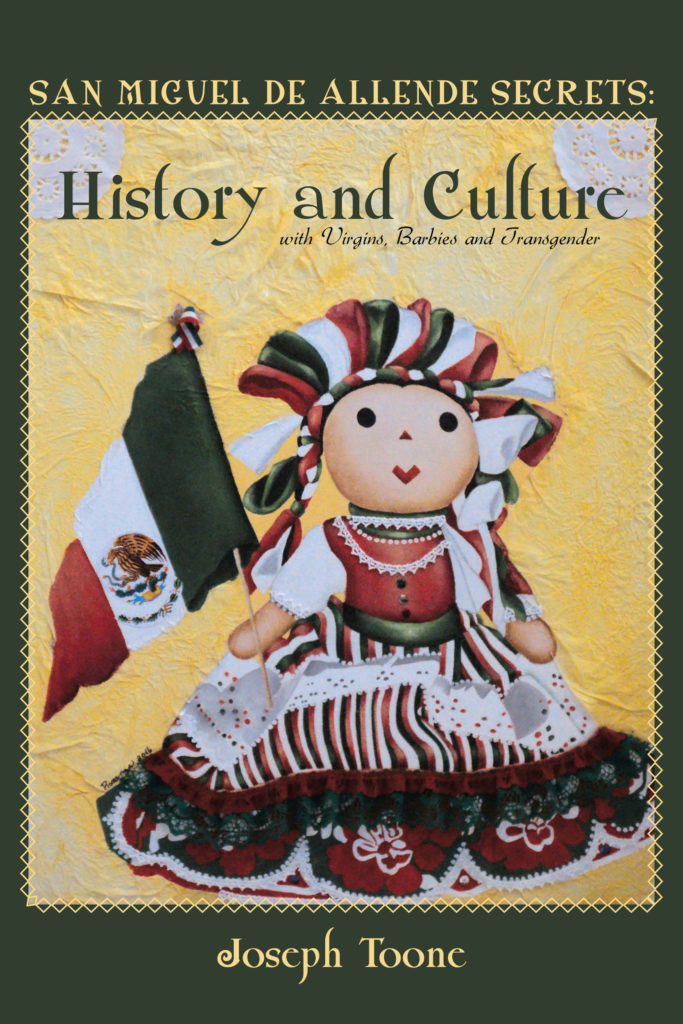
In in a letter to artists in 1999, Pope/Saint John Paul II advocated for an aesthetic of “the sacredness of life and of the human person” suggesting renewed awareness of art’s capacity to articulate the dogma to Catholics and nonbelievers alike.
Today in San Miguel the Church’s influence over art is still seen all over town, not just in chapels.

The mojigangas (large paper mache puppets) were brought over from Spain to teach the lives of the saints, while their large hands cleared the street of any evil in a procession. A practice that continues with wedding parties having mojigangas lead the way from the mass to reception.
The paper stars on poles featured on poles in every procession are in honor of Mary of the Light, an image of Mary that is patroness of electricians that worked in the Fabrica Aurora throughout the 1900s.
The rag dolls made by local Otomis since pre-Hispanic times are now called Maria and Jose in honor of Jesus’ parents.

The Catrinas at Day of the Dead bringing the dead back for yet another party were based on the Aztec Goddess of Death, another example of the Church using art to blend indigenous and Catholic beliefs.
Public murals in town featuring faith-based themes of Guadalupe or St. Michael far outnumbered other popular murals featuring history and nature.
The intermixing of the Church and art flourishes in San Miguel today in our dancing, music, fiestas, processions and other artistic expressions.
by Joseph Toone
- TripAdvisor’s top tour guide in San Miguel de Allende with History and Culture Walking Tours and Joseph Toone Tours.
- Amazon’s best selling author of the San Miguel de Allende’s Secrets book series on history, holidays, tours and living in San Miguel.
DISCLAIMER: The opinions expressed hereby are those of the author, and not necessarily those of the San Miguel Times.
